The DASH diet is a dietary approach for specific health purposes. This diet aims to treat, prevent, and support hypertension and other cardiovascular diseases. DASH stands for this term – Dietary Approaches to Stop Hypertension. The DASH diet is not a short-term diet. It is a way of eating that is best introduced into your life and followed for as long as possible.
Nowadays, health problems related to obesity, hypercholesterolemia, or hyperlipidemia are on the rise worldwide. An unhealthy lifestyle largely influences these problems. For years, doctors and scientists have been pointing out that how we eat significantly impacts the overall health of the human body. This is why following the DASH diet can be very helpful in some health problems. The DASH diet has many other benefits besides its effect on blood pressure.

Find out what benefits you can gain by following the principles of this new diet. For some people, the DASH Diet can be a savior, protecting against cardiovascular diseases such as atherosclerosis, which is dangerous.
One of the diets currently recommended as wholesome and effective in supporting the treatment of many conditions is the DASH diet. The DASH diet is recognized as one of the healthiest diets in the world. It is primarily used for treating and preventing cardiovascular disease![]() but has beneficial effects on the whole body. Here are the health benefits of following the DASH Diet for the long term:
but has beneficial effects on the whole body. Here are the health benefits of following the DASH Diet for the long term:
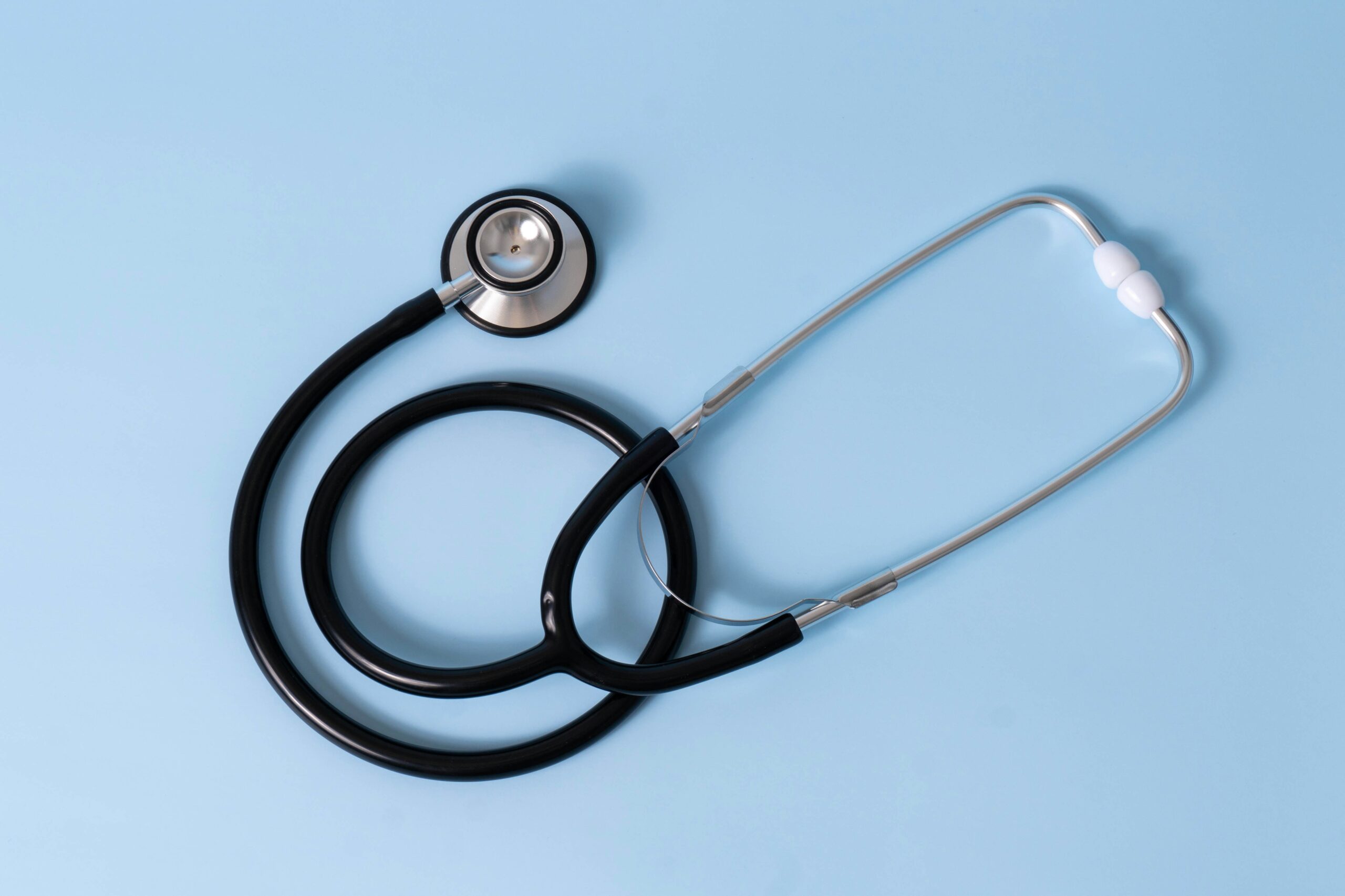
Above all, as the name of the diet suggests, DASH affects blood pressure and protects against hypertension![]() . One of the primary causes of hypertension is poor diet and lack of physical activity. By limiting harmful ingredients in the diet, the diet influences a healthy heart and entire cardiovascular system. Thus, following the DASH diet protects against cardiovascular diseases such as atherosclerosis. The DASH diet involves limiting sodium intake, which has a significant effect on lowering blood pressure. Sodium is most responsible for the rise in pressure in our bodies and promotes cardiovascular disease.
. One of the primary causes of hypertension is poor diet and lack of physical activity. By limiting harmful ingredients in the diet, the diet influences a healthy heart and entire cardiovascular system. Thus, following the DASH diet protects against cardiovascular diseases such as atherosclerosis. The DASH diet involves limiting sodium intake, which has a significant effect on lowering blood pressure. Sodium is most responsible for the rise in pressure in our bodies and promotes cardiovascular disease.
In addition to its effect on the cardiovascular system, the DASH diet has other benefits. Among other things, this type of diet affects insulin metabolism. Insulin plays an essential role in metabolism, mainly of carbohydrates but also of proteins and fats. The action of insulin is to increase glucose transport into the cells, lowering blood glucose levels.
Correct blood sugar levels are crucial for maintaining health. Proper meal composition on the DASH diet promotes blood sugar control![]() . In this way, the DASH diet protects against diabetes and other diseases related to sugar levels in the body. Studies show that following the DASH diet for an extended period reduces insulin levels. Along with the Mediterranean diet, the DASH diet has been categorized as one of the diets that help control glycemic levels.
. In this way, the DASH diet protects against diabetes and other diseases related to sugar levels in the body. Studies show that following the DASH diet for an extended period reduces insulin levels. Along with the Mediterranean diet, the DASH diet has been categorized as one of the diets that help control glycemic levels.
The lipid profile is used to determine total blood cholesterol concentrations. The DASH diet helps to improve the results of lipid parameters, meaning that it affects the cholesterol levels![]() in the body. By limiting harmful saturated and trans fats and increasing vegetable fats, the diet helps lower levels of bad LDL cholesterol, which is too high and is another risk factor for atherosclerosis in the blood. Lowering cholesterol has many clinical benefits.
in the body. By limiting harmful saturated and trans fats and increasing vegetable fats, the diet helps lower levels of bad LDL cholesterol, which is too high and is another risk factor for atherosclerosis in the blood. Lowering cholesterol has many clinical benefits.
The DASH diet is a balanced eating method that provides the body with essential nutrients. This health-beneficial type of diet is simple to follow and does not require sourcing specialized, hard-to-find products. Therefore, with the DASH diet, the risk of nutrient deficiencies is low. The DASH hypertension diet is a flexible and balanced eating plan that can be followed continuously. The DASH diet can form a safe part of a healthy lifestyle for any person, including pregnant women![]() .
.
Although the DASH diet does not have calorie restrictions, it can affect weight reduction. This is a healthy side effect of eliminating foods that promote weight gain. It has been observed that weight reduction occurs in people following the DASH diet. Although it is not a typical weight-loss diet, following its principles and eating wholesome, well-balanced meals promotes weight loss![]() . However, the DASH diet doesn't have a slimming effect on you. In that case, you can always apply a calorie deficit and include adequate physical activity, and you will see results.
. However, the DASH diet doesn't have a slimming effect on you. In that case, you can always apply a calorie deficit and include adequate physical activity, and you will see results.
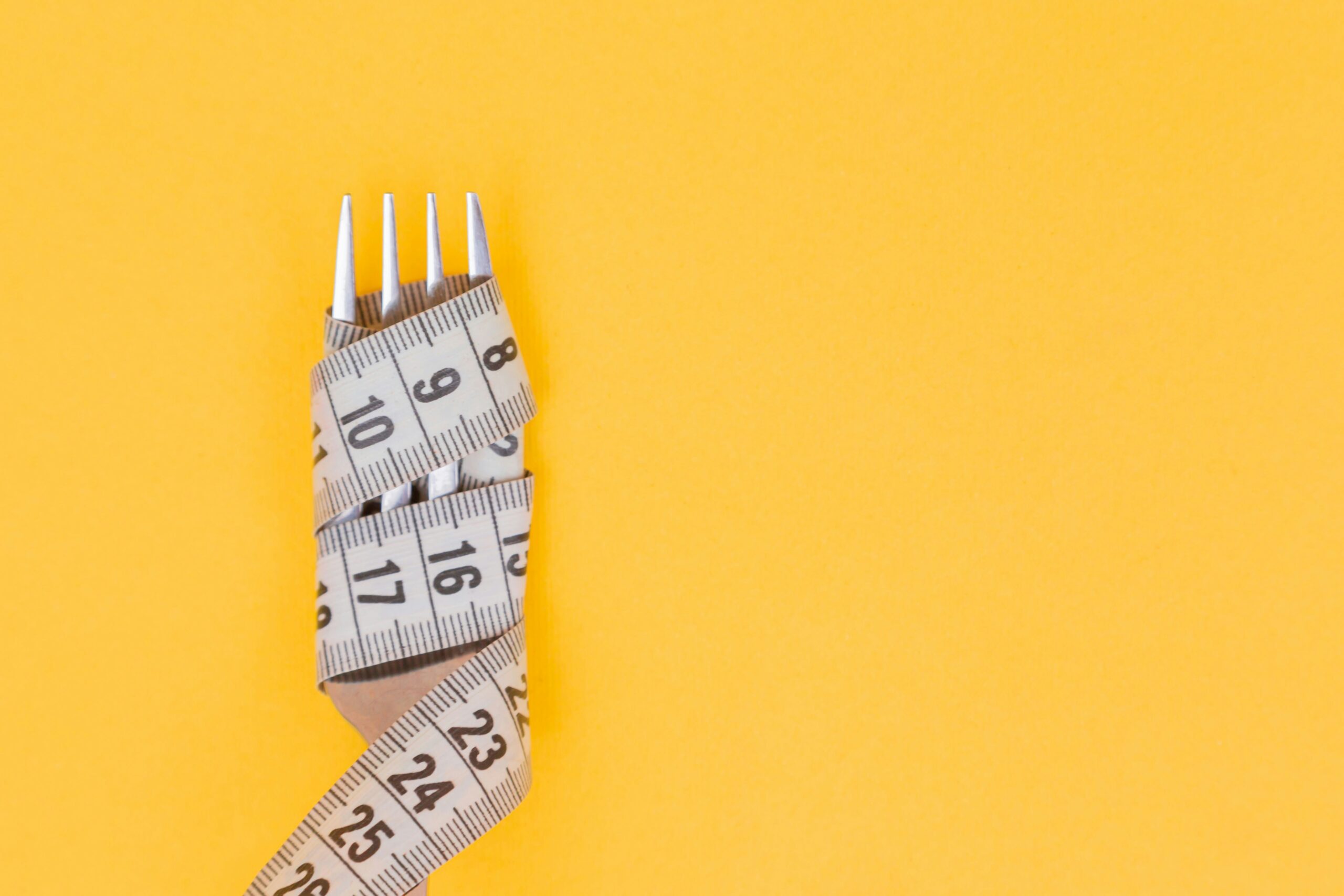
Like any other diet, the DASH diet has specific rules that must be followed to receive the health benefits. However, this way of eating has a beneficial effect on the whole body. Above all, the DASH diet involves limiting the consumption of highly processed foods containing large amounts of ingredients that negatively affect the cardiovascular system. Learn about the principles of the DASH diet. Remember also that, in addition to diet. It is also recommended to introduce physical activity and to give up stimulants such as smoking![]() .
.
The DASH diet consists of nutritious foods that provide adequate carbohydrates and protein. The recommended meal preparation methods are boiling with water, steaming, and baking without fat. You can eat entire meals on the DASH diet, and even snacks are available. However, everything is in moderation. See what you can eat while on the DASH diet. The DASH diet is based on ingredients rich in potassium![]() , calcium
, calcium![]() , protein, and fiber, which are most important in the fight against high blood pressure.
, protein, and fiber, which are most important in the fight against high blood pressure.
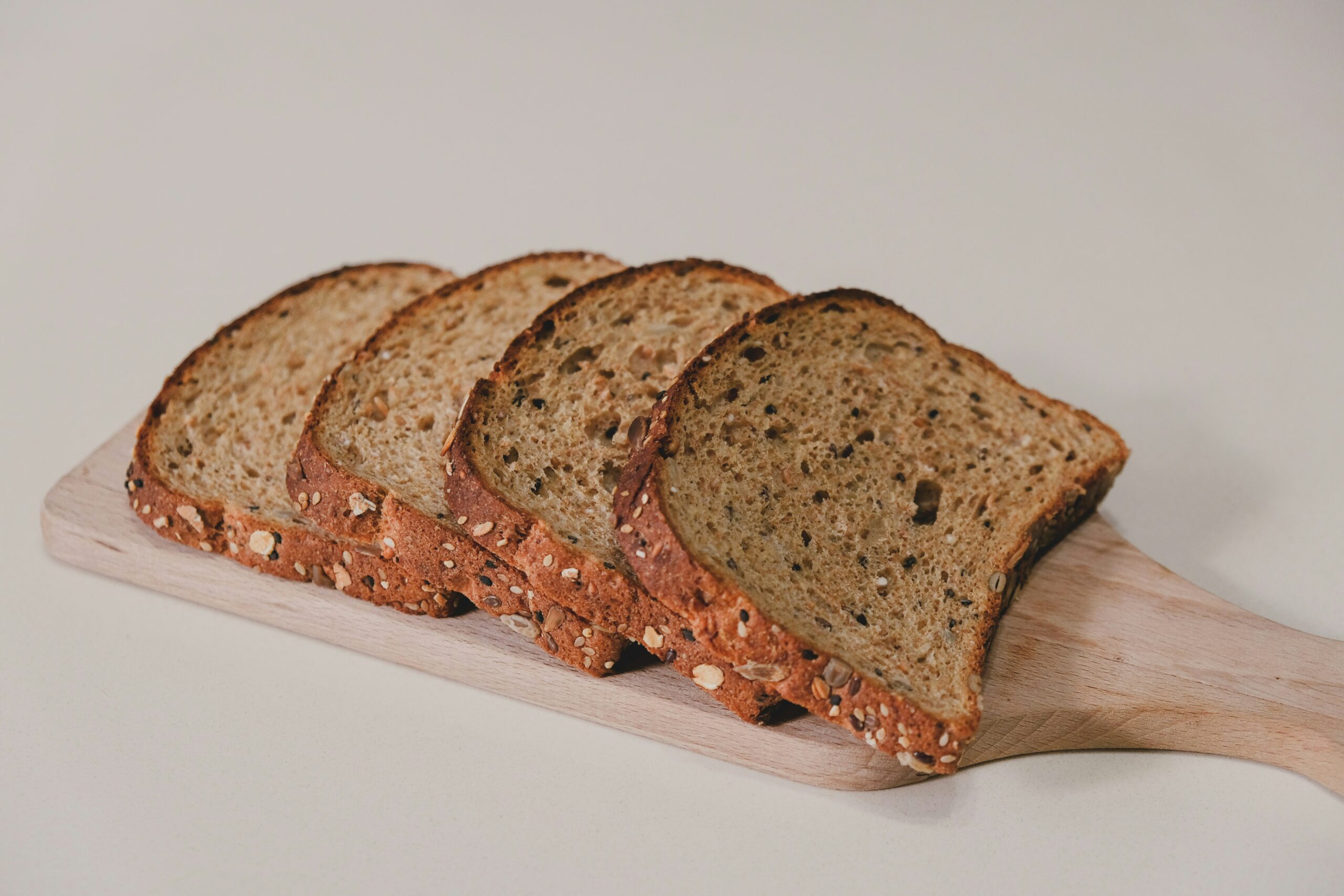
According to the DASH diet, whole grain products should be consumed. These include whole-grain cereal products such as dark bread, whole-grain pasta, barley, buckwheat, millet, brown rice, and others. Cereal products, especially whole grains, should be present in the diet several times daily. They are a source of valuable ingredients: carbohydrates, including dietary fiber, proteins, vitamins, minerals, and health-promoting compounds.
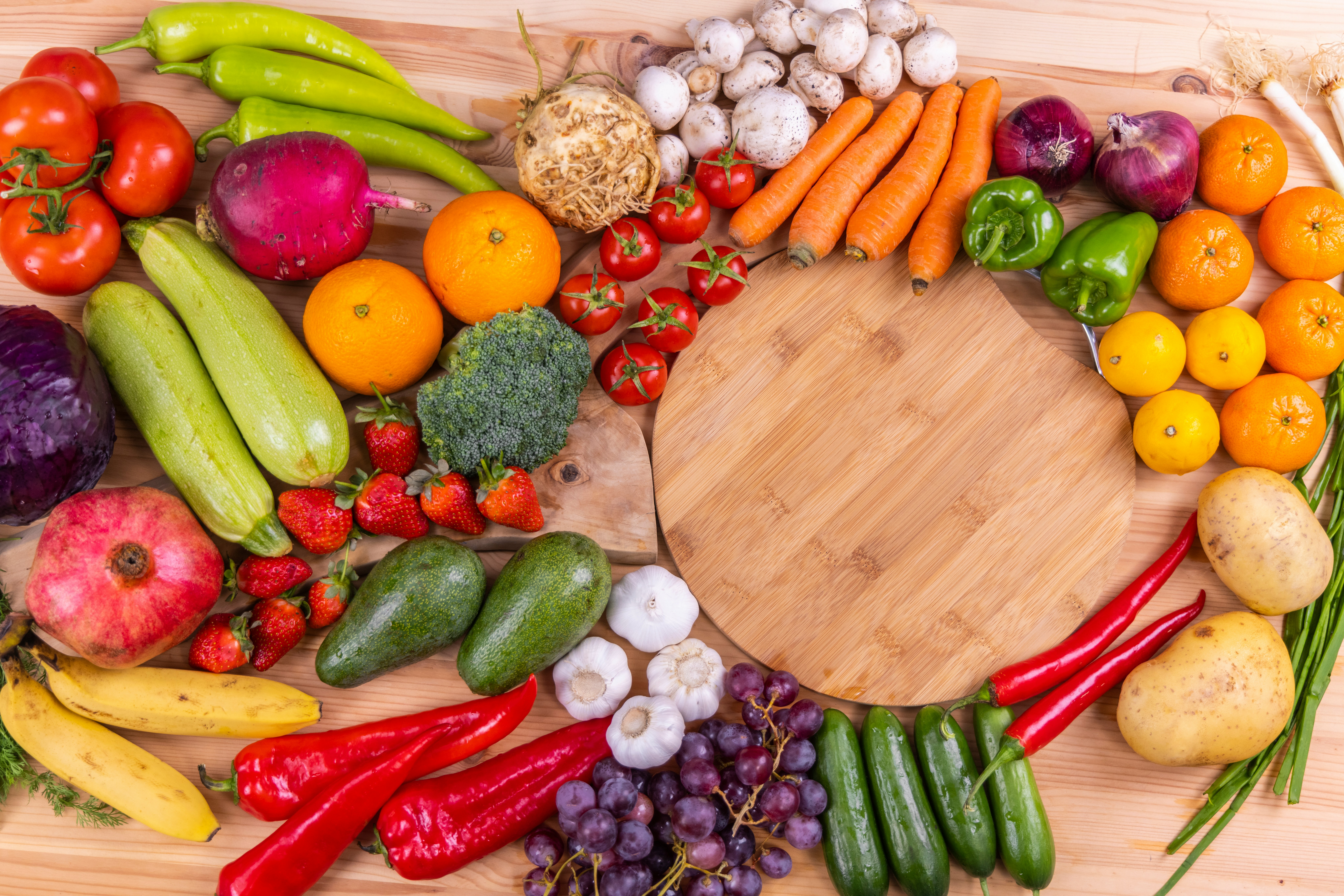
The DASH diet recommends eating vegetables and fruit every day. Vegetables can be eaten raw and cooked; the more vegetables in the diet, the better. On the other hand, fruit is recommended to be consumed, especially in fresh, unprocessed form. Vegetables and fruit are essential for health as they provide the body with vitamins, dietary fiber, and minerals.
A diet rich in nutrients helps to maintain normal blood pressure. Vegetables such as legumes are also crucial in the DASH diet. Legumes are a good source of protein and rich in fiber, which improves digestive processes. Legumes also contain B vitamins, which protect the nervous system, and many beneficial minerals.
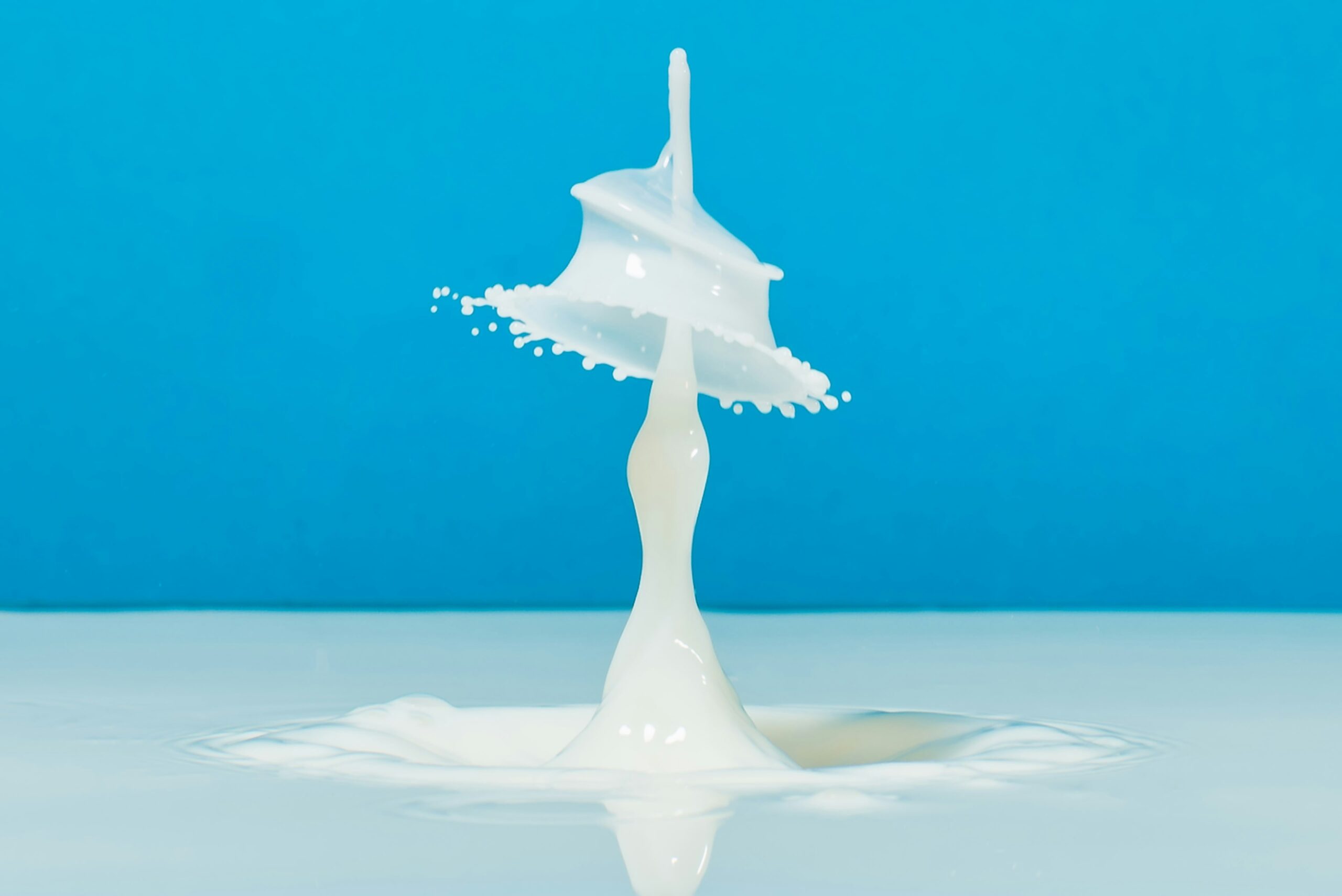
The DASH diet allows the consumption of low-fat dairy products and eggs. Low-fat dairy products include yogurt, skimmed milk, and reduced-fat white cheese. Dairy is an excellent dietary protein and calcium source for proper bone and tooth formation. Low-fat dairy is safe for the cardiovascular system. and is additionally less calorific.
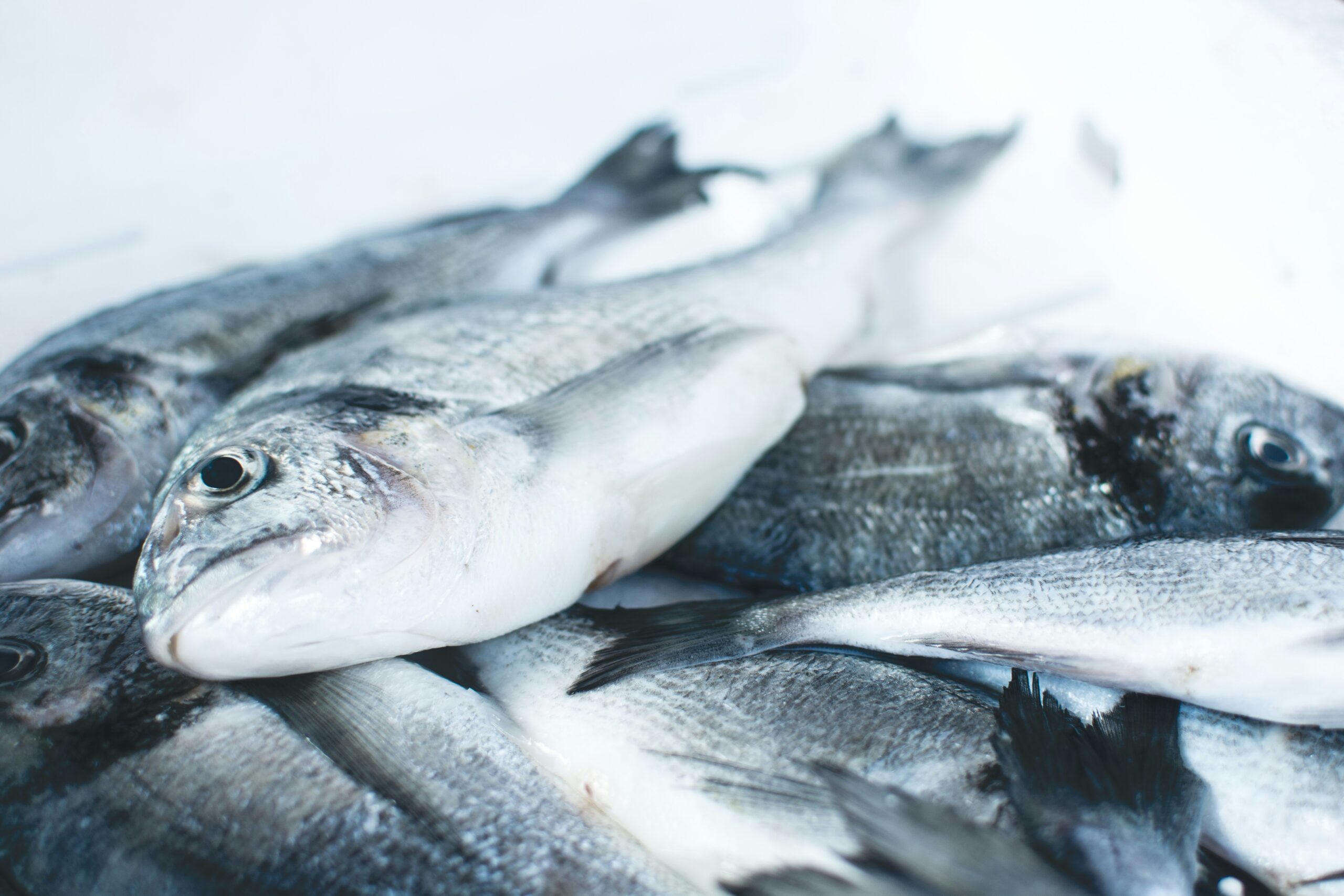
Eating meat is allowed on the DASH diet, but you should be careful about what type of meat you eat. You can eat low-fat, lean meat (chicken or turkey) and fish (salmon, trout, cod, mackerel, and others) without much restriction. Fish can be fatty because it contains a different type of fat that does not negatively affect the cardiovascular system and has many health benefits. Fish rich in unsaturated fatty acids support the heart and circulatory system. Therefore, you can eat many fish and lean meat in manageable quantities on the DASH diet.
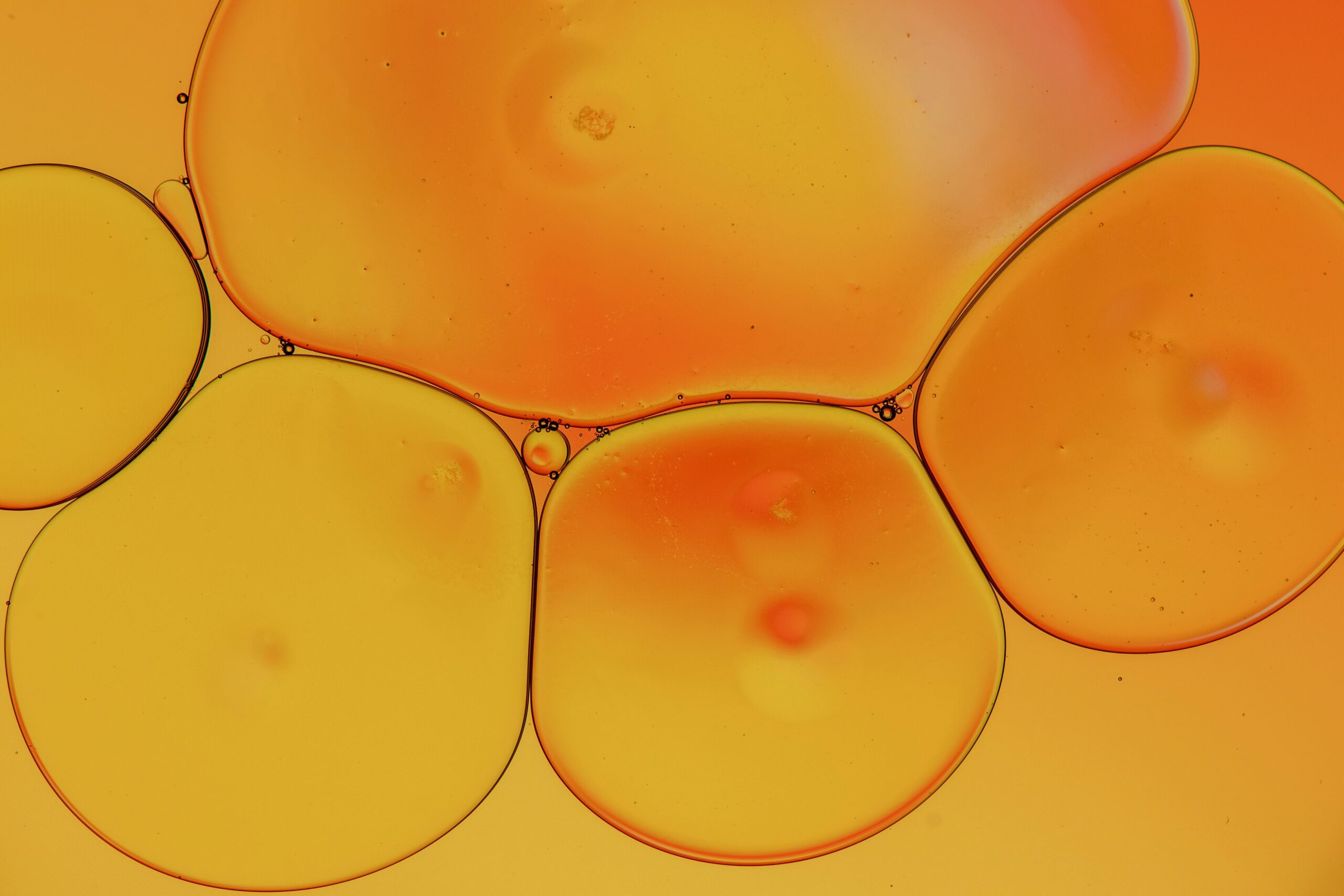
The DASH diet should be based on vegetable fats. Unsaturated fatty acids are mainly derived from plants. On the DASH diet, consuming adequate Omega-3 fatty acids is essential to lower blood pressure. Therefore, Canola oil is recommended as it effectively lowers blood cholesterol levels. It has an ideal ratio of omega-3 and -6 acids, which help maintain proper blood cholesterol levels. Other vegetable fats, such as a salad topping, are also available and should be consumed directly.
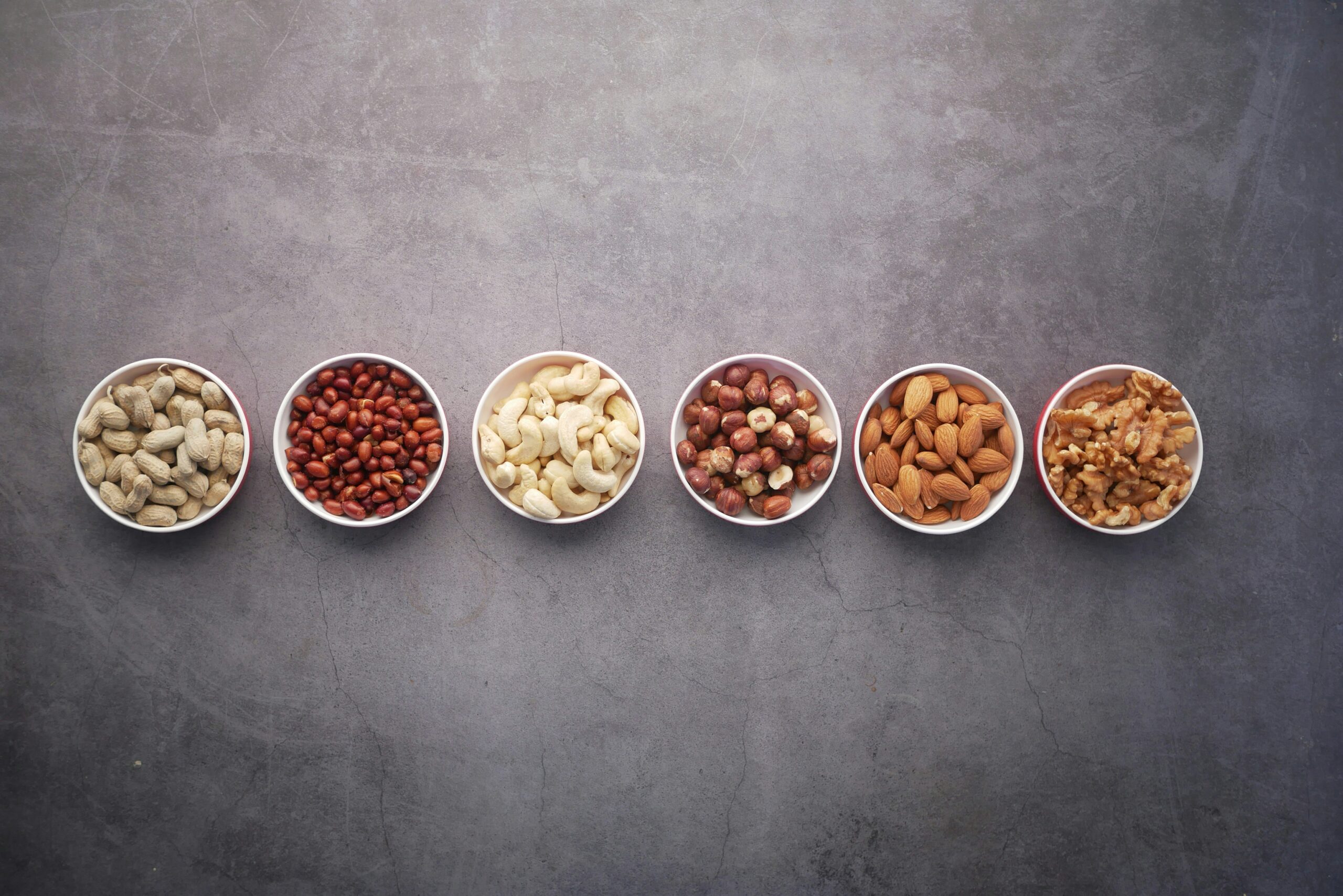
Nuts and seeds, although they can be calorific, are allowed on the DASH diet. Snacking between meals is allowed precisely in the form of nuts and seeds on this diet. Nuts and seeds have a lot of B vitamins and vitamin E and positively affect heart function, brain function, and skin condition, among other things. It is also important to remember that nuts are a rich source of protein. Nuts are also a valuable source of polyunsaturated fatty acids, which influence cholesterol levels.
The DASH diet is all about reducing sodium intake. The DASH diet also involves giving up smoking. The DASH diet also eliminates all highly processed foods containing colorings, preservatives, salt, and hydrogenated trans fats![]() . The premise of the DASH diet is that meals should be eaten regularly. Avoiding specific meal preparation methods, such as deep-frying, is also worth remembering. See which products you should exclude from your shopping list if you want to follow the DASH diet.
. The premise of the DASH diet is that meals should be eaten regularly. Avoiding specific meal preparation methods, such as deep-frying, is also worth remembering. See which products you should exclude from your shopping list if you want to follow the DASH diet.
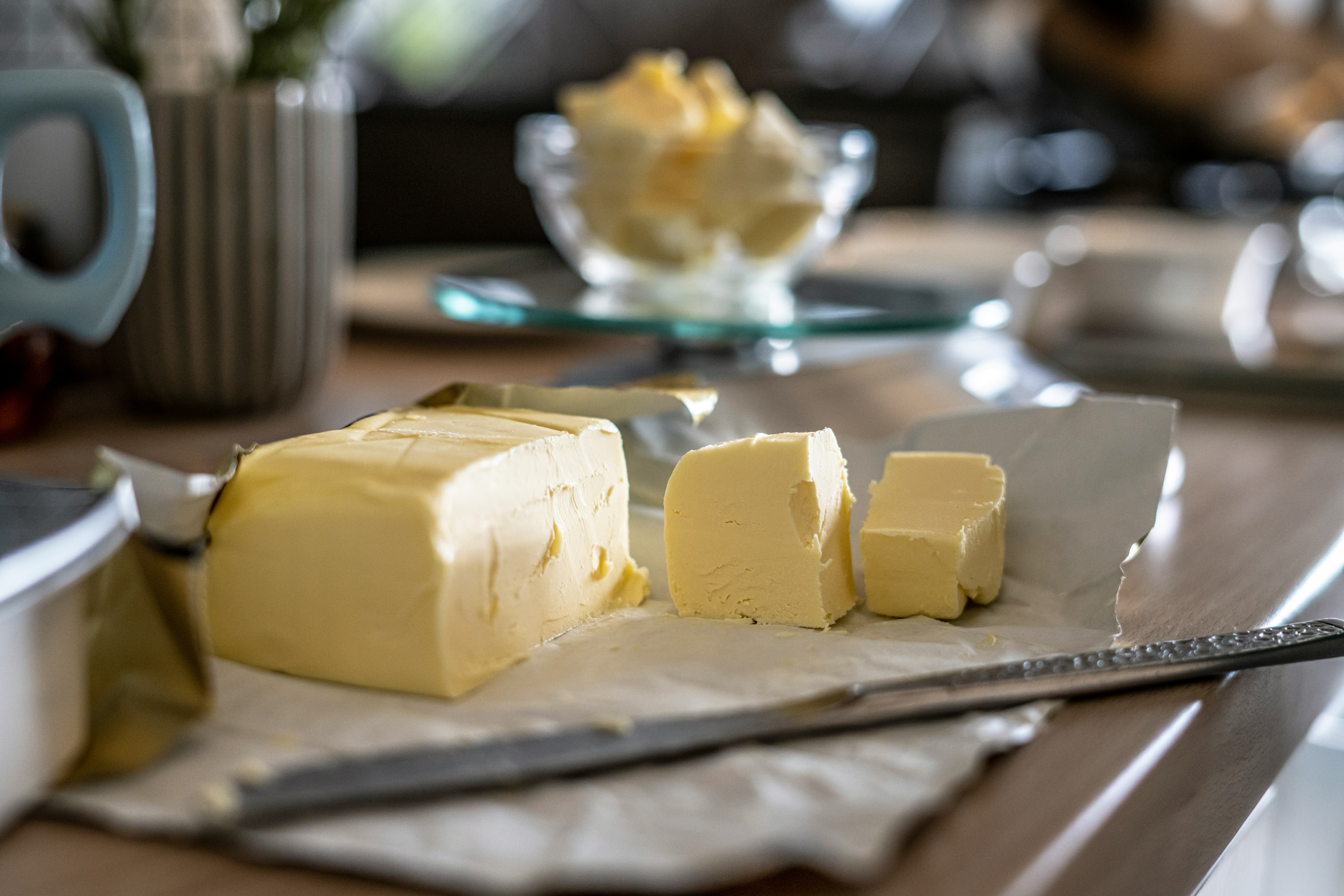
Fatty animal products should not be eaten on the DASH diet. Animal fats that are eaten in excess can increase bad cholesterol levels. This means a risk of heart disease, blockage of blood vessels, and disruption of the body's normal function. Animal fats contain more unsaturated fatty acids than vegetable fats, which is a definite disadvantage. This is why you swap animal fats for vegetable fats on the DASH diet.
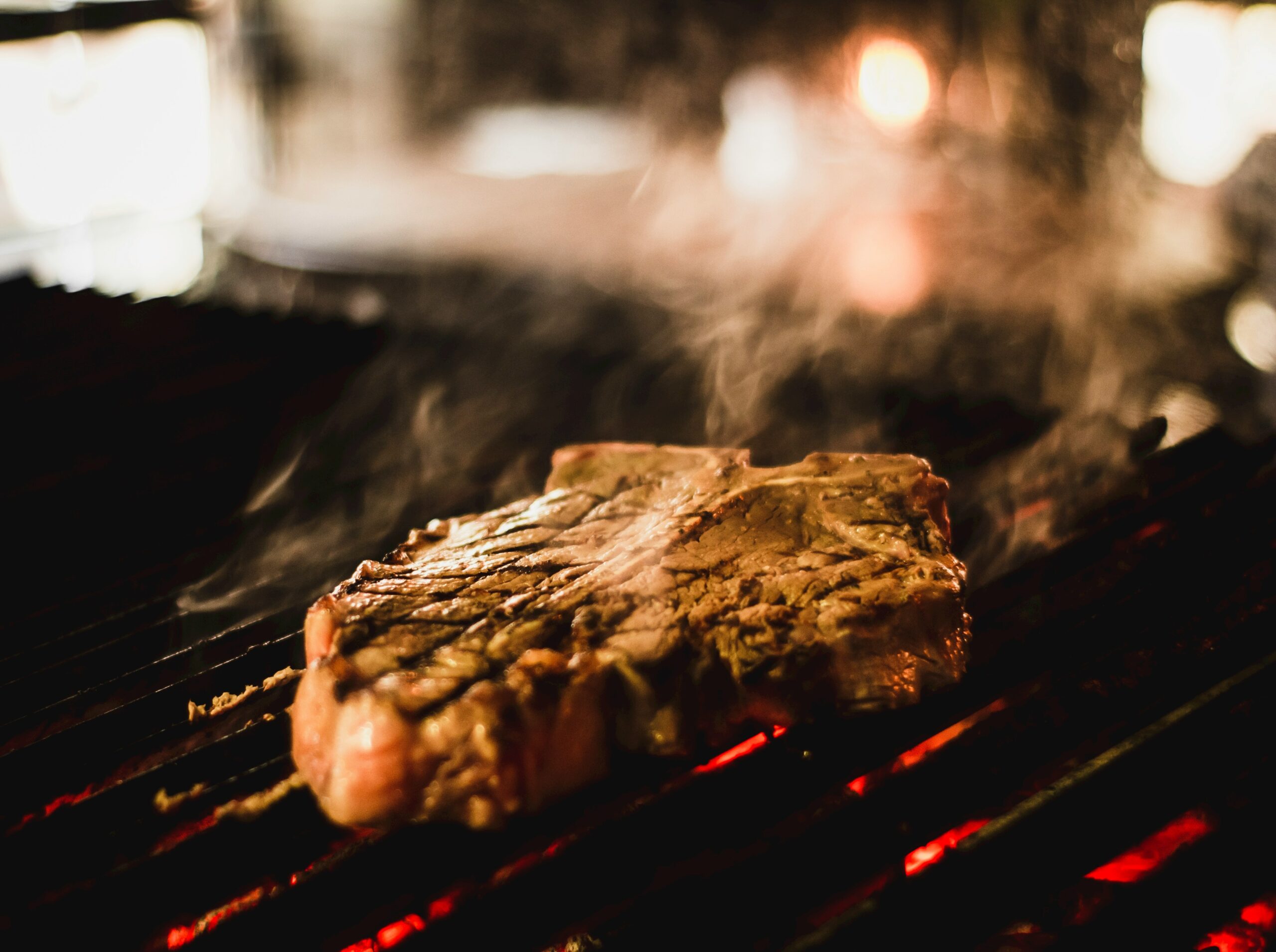
Meat contains a lot of unhealthy fat for the circulatory system but is also a great source of valuable protein and iron. Certain types of meat should be eliminated from the menu on the DASH diet. This applies to pork and beef. This is due to the significant content of saturated fats mentioned earlier, which raise cholesterol levels and thus have a detrimental effect on the cardiovascular system, which can cause chronic circulatory diseases such as atherosclerosis.
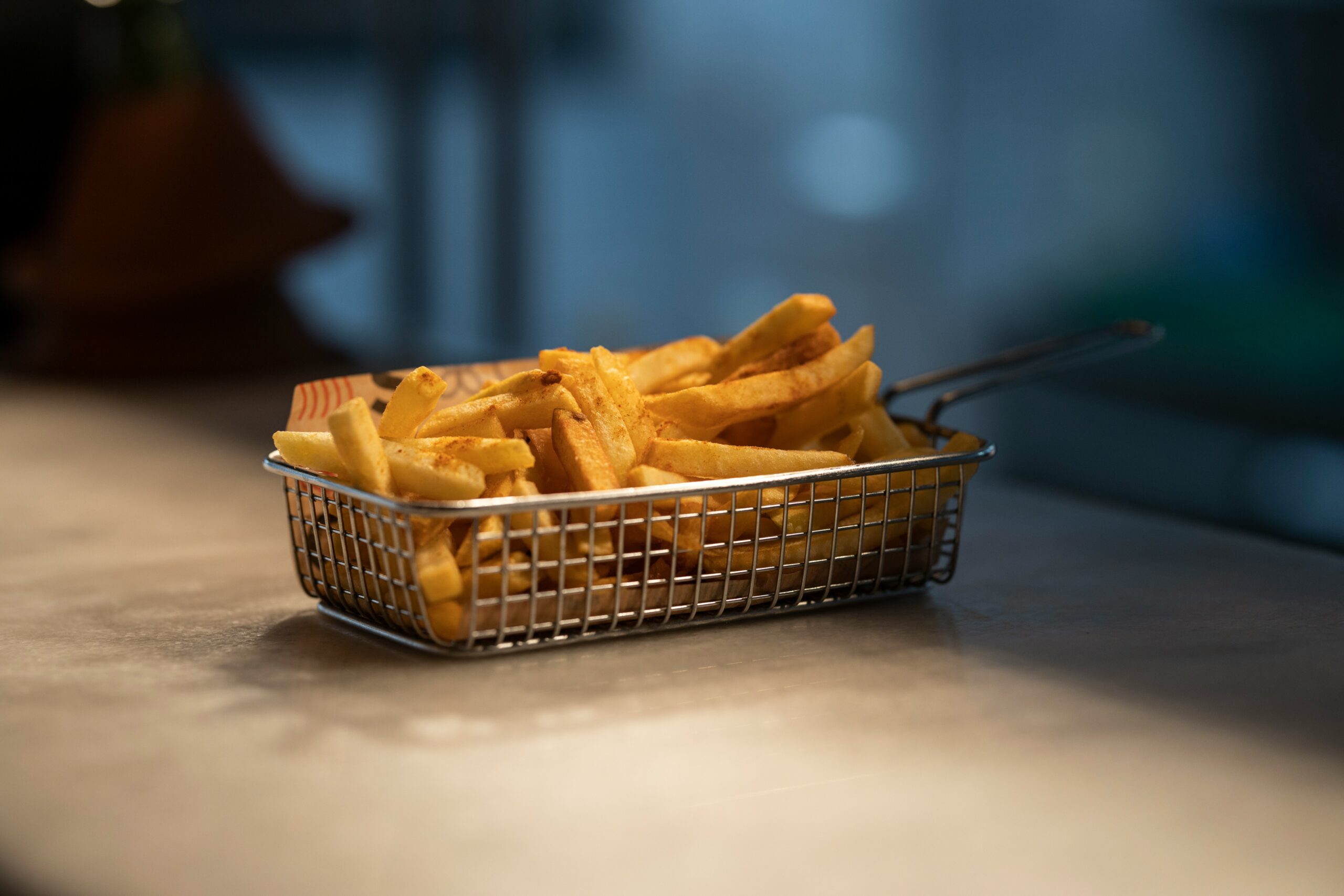
Highly processed foods should be reduced or eliminated from the DASH diet. Such foods mainly include, but are not limited to, fast food. Highly processed foods include fizzy drinks, salty snacks such as crisps, sweetened breakfast cereals, and instant meals. Highly processed products tend to have low nutritional value and high energy. Highly processed food products contain large amounts of sugar, salt, and saturated fatty acids. Their consumption in large quantities causes several disorders and increases the risk of disease.

Sweets are another type of highly processed product. On the DASH diet, watch out for products that contain high amounts of sugar. When eaten in excess, sweets negatively contribute to cholesterol levels. Sweets also significantly raise blood sugar, which can lead to diabetes and other diseases. Therefore, such products should be kept to a minimum. It is best to give up sweets altogether and replace them with fresh fruit, a healthy substitute for a sweet snack.

The DASH diet is primarily about limiting sodium intake. This means that you should limit salt in your diet. Sodium is a dietary element whose primary role is to control extracellular fluid volume and maintain acid-base balance. However, excess sodium in the body causes adverse effects.
Excess dietary sodium is closely associated with hypertension. Excess nutritional salt can affect water retention in the body and thus increase blood pressure. As a result, hypertension can develop or exacerbate existing hypertension. Therefore, on the DASH diet, limit the use of salt. You can replace salt with healthy herbal spices to flavor your dishes.
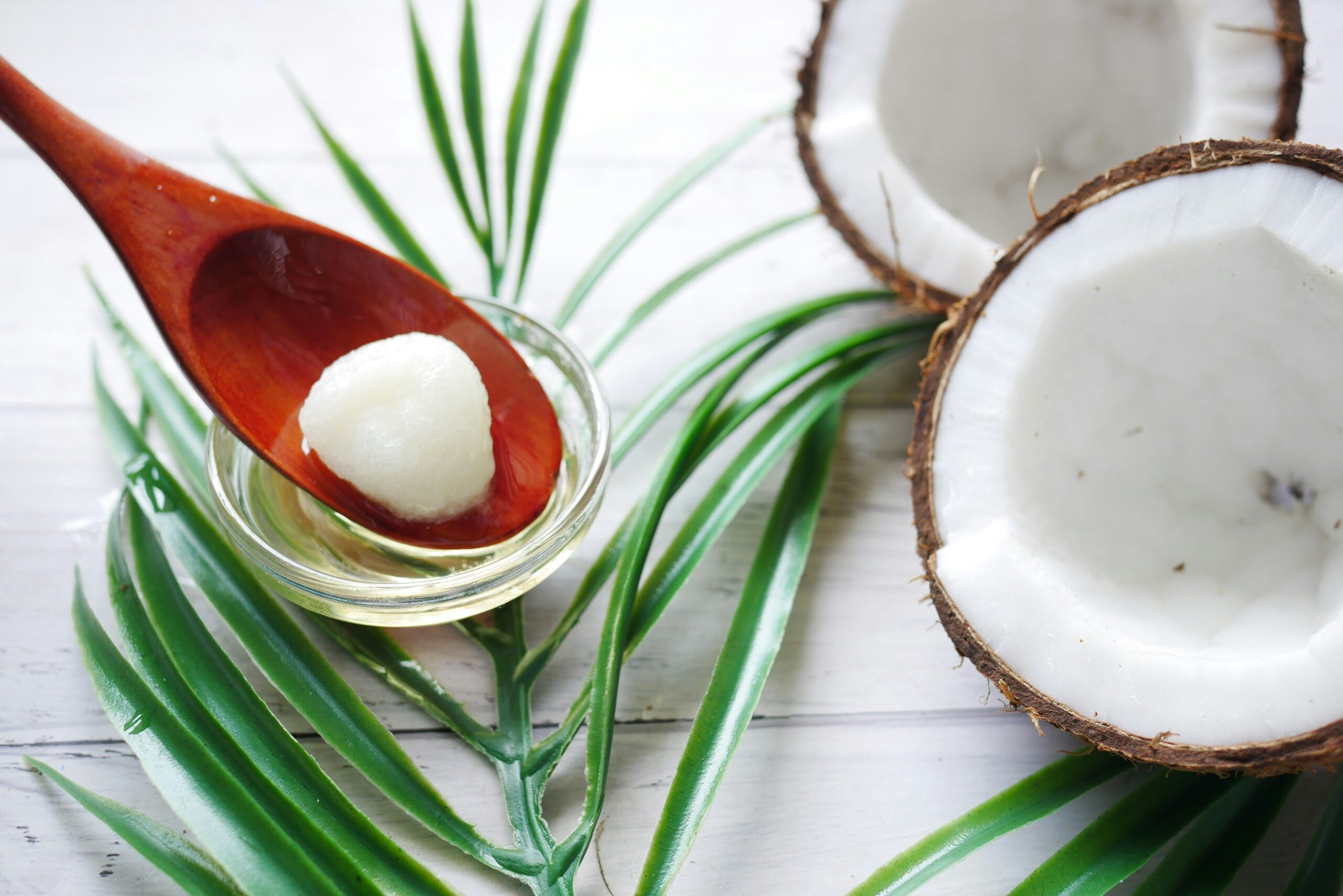
Vegetable oils are allowed on the DASH diet, but be careful with some. This applies to tropical fruit oils, including coconut and palm oil. Coconut oil is not the healthiest vegetable oil because it is high in saturated fat. Excessed saturated fats in the diet increase the risk of developing lipid disorders and cardiovascular disease. Palm oil is also high in unhealthy saturated fatty acids. Therefore, the DASH diet should avoid these types of vegetable fats.
You already know what to eat and avoid on the DASH diet. You may also wonder how to hydrate your body while on this diet. The DASH diet is high in protein and fiber, and this causes the body to excrete water more quickly. Therefore, taking care of hydration in this case is essential. There is a wide range of drinks available on the DASH diet.
The best choice is always water, which hydrates the body without providing unnecessary calories and sugars. Low-fat milk is also allowed. Coffee and tea are fine, too, although sugar should be avoided. You can drink fruit and vegetable juices, but watch for added salt and sugar. What you should especially watch out for and avoid are sweetened fizzy drinks and alcohol.
The DASH diet is a highly safe and easy-to-maintain diet that can be introduced by most people, especially those at risk of hypertension and cardiovascular disease. However, some people should be cautious and discuss the introduction of the diet with their doctor in advance, as the DASH diet could harm them. The DASH diet risk groups, therefore, include:
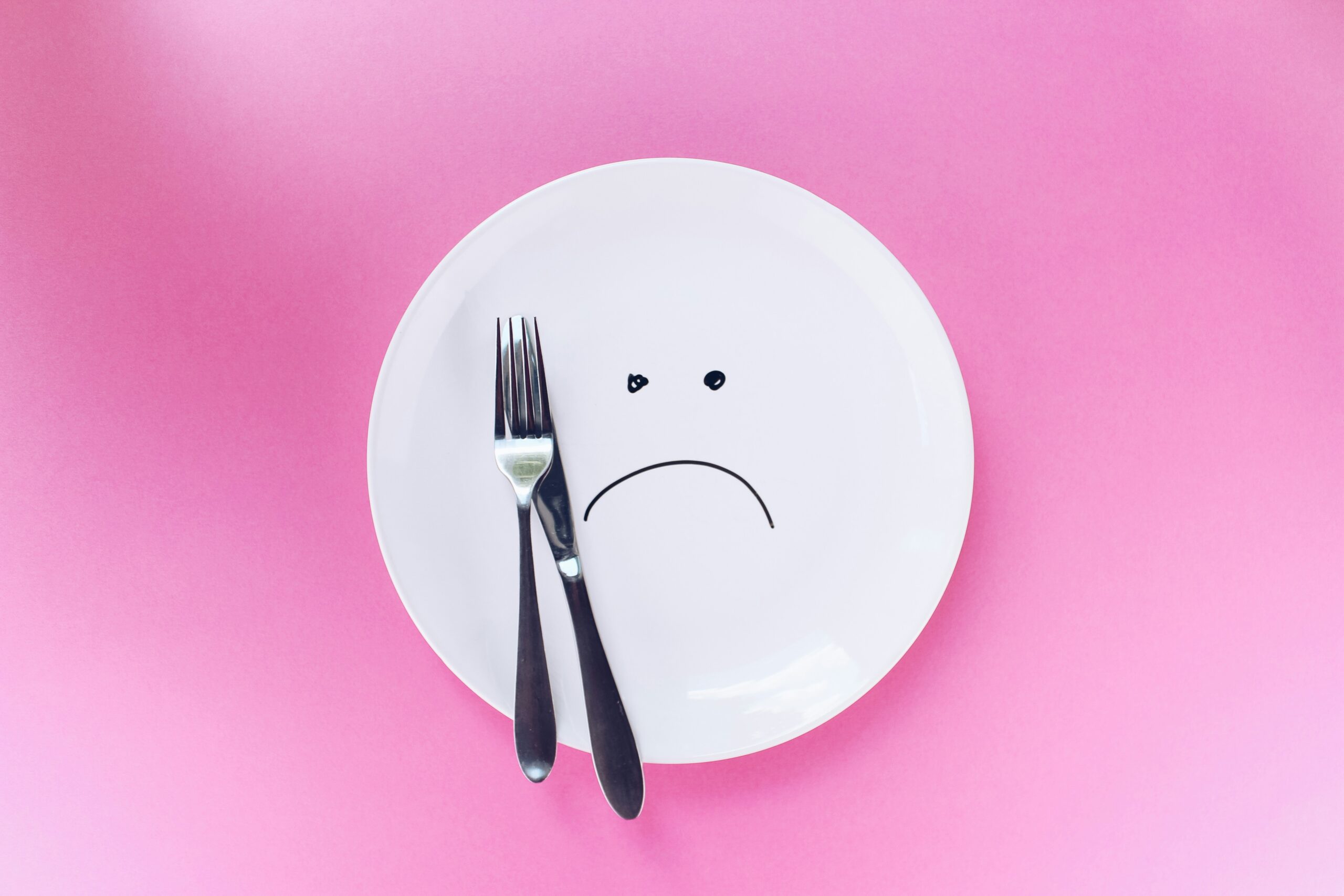
While the DASH diet is healthy and safe for most people, experts advise caution for patients with chronic kidney disease![]() . The DASH diet is a diet that is high in dietary fiber. Many fiber-rich foods are also high in potassium and phosphorus, which people with chronic kidney disease should avoid or limit their intake. In chronic renal failure, protein intake should also be significantly reduced, and the DASH diet is also rich in protein products.
. The DASH diet is a diet that is high in dietary fiber. Many fiber-rich foods are also high in potassium and phosphorus, which people with chronic kidney disease should avoid or limit their intake. In chronic renal failure, protein intake should also be significantly reduced, and the DASH diet is also rich in protein products.
With liver disease, an adequate diet is essential. However, some studies report that the DASH diet may not be advisable for people with liver problems. This is particularly the case with Non-alcoholic Fatty Liver Disease. NFLD is a disease in which steatosis of the liver is diagnosed while alcohol consumption and other possible liver diseases are excluded. It has been noted that the DASH diet may hurt people with NFLD, but more research is needed to confirm this conclusion.
The DASH diet is generally a safe way of eating, but in some cases, it may experience adverse effects. Therefore, no matter your situation, you should consult your doctor for any changes to your lifestyle and diet. This is especially important if you are taking any medication.
Recipes on the DASH diet can be easy, and delicious meals can be created from healthy foods. The DASH diet menu should be rich in nutrients and prepared according to all the dietary principles. We suggest the following recipes to help you start your DASH diet adventure.
It is the perfect idea for a nutritious breakfast on the DASH diet. Oatmeal is a healthy multi-grain product that goes perfectly with nuts. Remember to choose peanut butter without added salt or sugar. Peanut butter contains essential fatty acids necessary for the DASH diet. Apricots are also to be noticed. You can choose fresh or dried. Dried apricots contain more potassium, which is critical to the DASH diet, but remember that they have more sugar and calories.
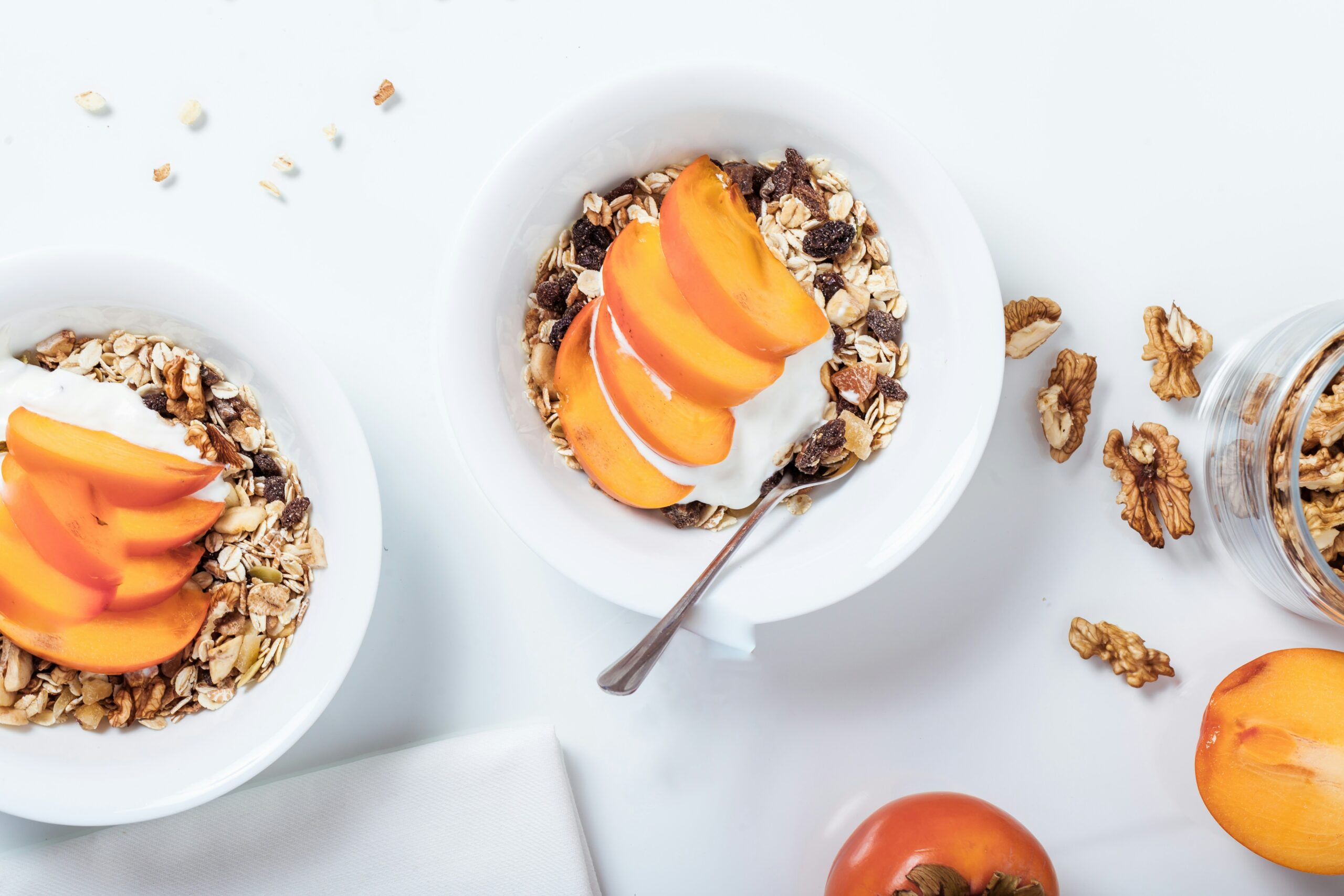
Pour the milk into a saucepan and pour in the oatmeal. Stir until it boils, then add the peanut butter and stir for about 5 minutes. If the oatmeal has absorbed too much milk, add more as desired. Finally, transfer the oatmeal to a bowl and garnish with fruit.
The DASH diet should be rich in multi-grain products, so choose brown rice over white rice. Also, in this diet, you should eat a lot of fish. We suggest salmon, but you can select any fish you like. Remember, however, that it is better to bake the fish than to fry it in fat. There should also be plenty of vegetable side dishes. If you want to season your meal, use the suggested spices instead of salt.

Place the fish in an ovenproof dish lined with aluminum foil, skin side down, and pour gently over the olive oil. Put in an oven (200°C/400°F). Bake for 15-20 minutes. Meanwhile, cook the broccoli in unsalted water until the vegetables are tender. At the same time, prepare the rice. In a pot, boil enough water and bring it to the boil. Place, the rice grains, rinsed with cold water, in the pot and reduce the heat. Boil for approximately 20 minutes. Place the rice, broccoli, and salmon on a plate when ready. Sprinkle fish with lemon juice and season with seasoning. If you are missing something in your meal, you can add a dressing based on low-fat yogurt.
The DASH diet was created to combat hypertension, and for good reason. It has led the way as the healthiest diet for many years. Its name stands for an eating plan that protects against hypertension. The DASH Diet is not designed to make you lose weight, but it will help you lose weight if you don't exceed a certain number of calories daily.
Many studies on the DASH diet show numerous health benefits. In addition to its effects on blood pressure and body weight, the DASH diet regulates cholesterol and blood sugar levels. To enjoy these benefits, following the DASH diet rules, which are easy to follow, is essential. A wide variety of foods can be eaten on the DASH diet, allowing for balanced and delicious meals. In particular, limiting sodium and animal fats, which negatively affect the cardiovascular system, is advisable.
The DASH diet is highly safe, but caution is advised with any change. Some studies suggest that the DASH diet may not be helpful in people with kidney or liver problems. It is always best to consult your doctor about introducing the diet to avoid unnecessary risks.